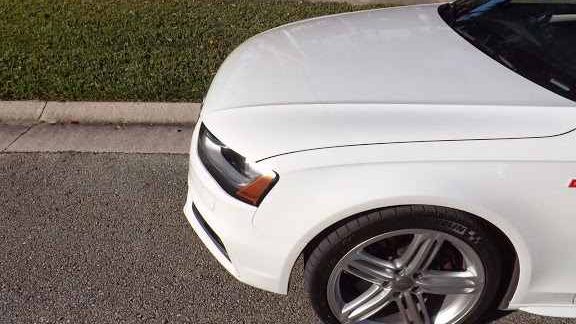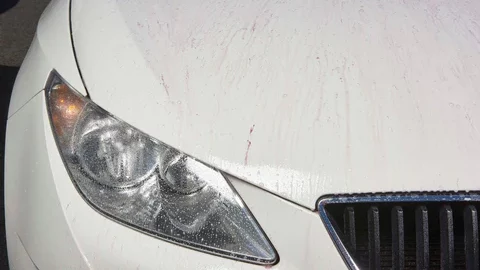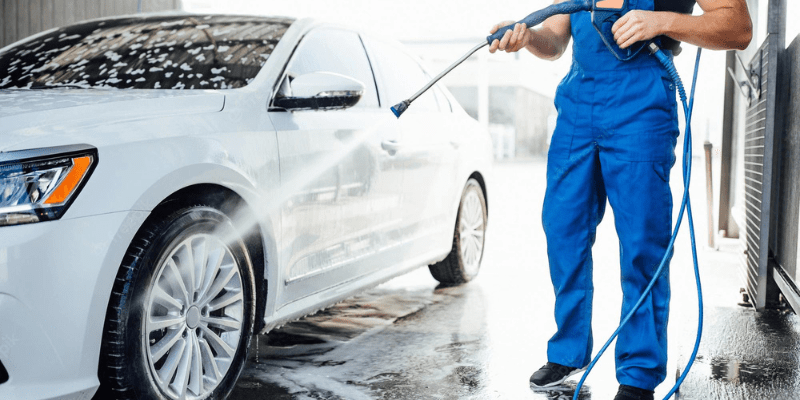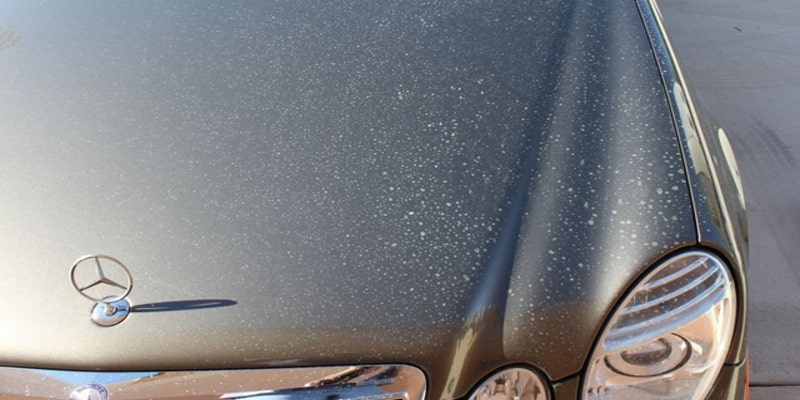How do white spots on car paint affect the paintwork and why do they matter. A white spot can appear almost anywhere that water meets the paint of the car. This issue can be caused by any water that has not been processed to remove minerals, whether it arises from rain, hoses, puddles, cleaning your car, a car wash, or children with squirt guns. As a result of these harmless-looking spots etching into the clear coat, they can permanently damage your car’s paint.
How do white spots on car paint occur

The water evaporates, so let’s see what makes a spot when it evaporates. Minerals (especially calcium and magnesium carbonates) can be detected in unfiltered water. The water is just allowed to dry, and minerals and corrosives are left behind. This gradually but steadily develops a little crater in the paint. Future water hits the same location throughout time, widening and expanding the crater. This is also referred to as etching, and it occurs when the paint is damaged.
Does White Spot Damage Car Paint Over Time

There is no set timeframe that can be used to say that a change is permanent after X amount of time. The exact time cannot be determined because many factors complicate it. Is there any safety on the cars, such as a protective film, how much mineral content is in the water, and what kind of paint is on the car? The sum of these variables affects how rapidly a white spot will etch into the paint.
The higher the mineral content of a water spot on an unprotected car, the faster it will cause damage. When water meets a spot, the spot evaporates in the sun and becomes tough to remove. Have you seen any paint damage, the vinegar mix worked well in removing them. The problem occurs when these same spots sit for a long time and then are repeatedly exposed to mineralized water. When white spots begin to develop, they scratch the clear coat and steadily chip away at it.
How can we prevent white spots on car paint
Water spots can be prevented in several ways. Rather than getting the car wet unintentionally, the best course of action is to keep it away from sprinklers, keep it in the garage, or cover it. A layer between the protective layer and the water can also be used to prevent white spots from appearing.
By doing so, the surface of the paint will never be touched by water. This can be accomplished by using a high-quality wax, sealer, or ceramic coating. Because wax is at the bottom of the list, you should select one of the other two alternatives. Throughout the year, waxes and sealants must be applied repeatedly (more frequently with waxes than sealants) to maintain protection. When selecting a product, it is always best to stick to the manufacturer’s guidelines.
How to Eliminate White Spots from Car Paint

What happens now that you’ve done all you can think of? We will look at a few approaches, from the least invasive to the most aggressive.
To clean your vehicle, you will first want to wash it in the shade, either early in the morning or late at night. After washing, make sure the car is thoroughly dried. You can use a quick detailer instead of washing a clean car if you have a microfiber towel. If the white spots persist after washing, you must be a bit harsher.
My second choice would be a 50/50 mixture of purified water and white vinegar. Water spots can be removed easier with vinegar because it breaks down. To remove spots from cool paint, spray your towel a few times and gently rub on the spots until they disappear. The vinegar will then be removed from the paint by using a quick detailer or by washing the area.
The vinegar solution or washing usually solves the problem. If nothing of these methods works, you must go to the clay bar. Wet the paint with the fast detailer and use the clay bar to glide over the water areas to check whether it will start picking up water spots above the exterior mineral deposits.
This still needs to be polished if it isn’t working. To begin, use a polishing sponge to make several passes over the surface. After this, you can try using a cutting pad and a compound for a few passes, while polishing and polishing pads will help if that doesn’t work.
Wet sanding would be the worst-case scenario. The best starting point would be to use a light grade of grit, such as 3000 grit, and light pressure. Make a few passes and check to see if the water spots are gone if not, go a bit further. If the condition is severe, it might not be possible to completely remove it and you may only be able to achieve a partial improvement. Once the cutting pad and compound have been applied, the polishing pad and polish need to be applied. To avoid additional damage, ensure you seal the paint with a quality sealer or ceramic coating.
Conclusion
White spots will usually wipe right off if you clean them off quickly, even with something as simple as a detail spray. If you neglect to clean the water spots, it is possible to damage your paint. During the summer months when the sun bakes the spots into the paint. If the paint is repeatedly exposed to hard water without being cleaned, these spots will become harder or even impossible to remove. The white spots on the paint may eventually become so severe that they can only be removed with sandpaper. Hopefully, After reading this post you will know why white spots on car paint occur.
